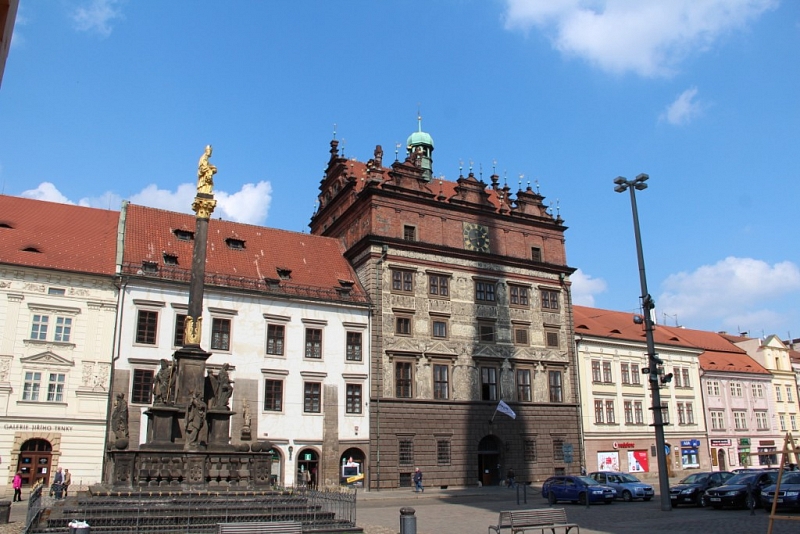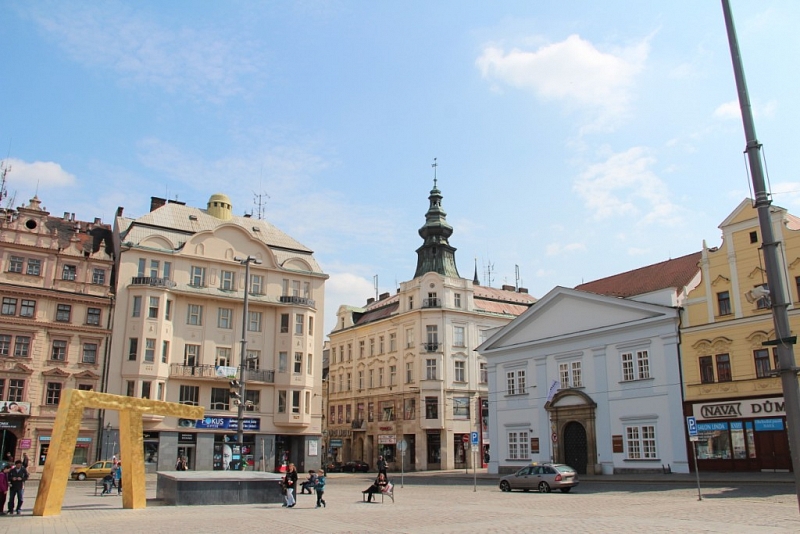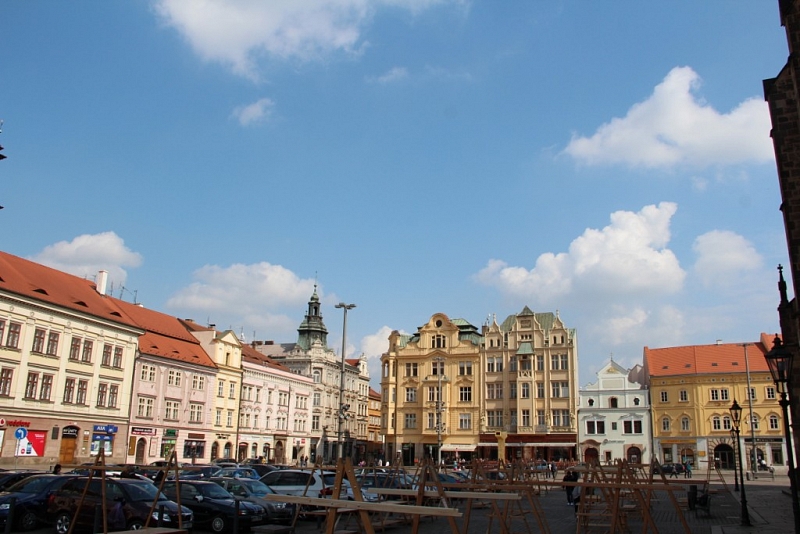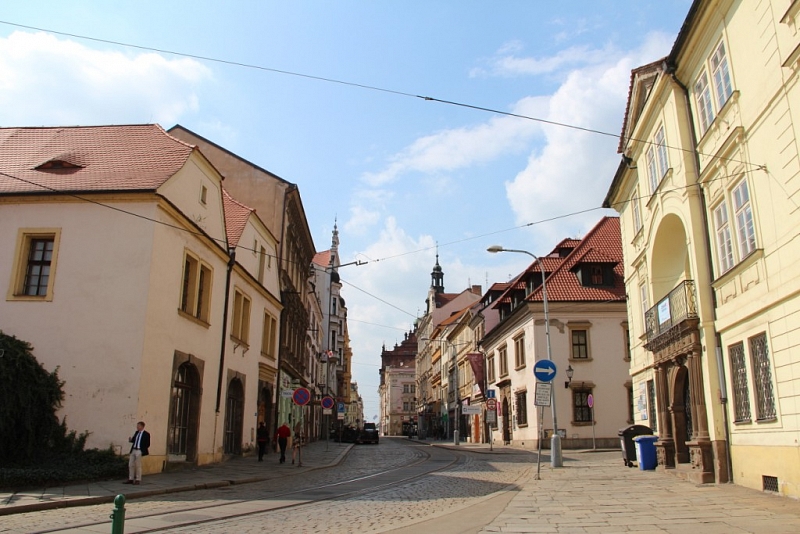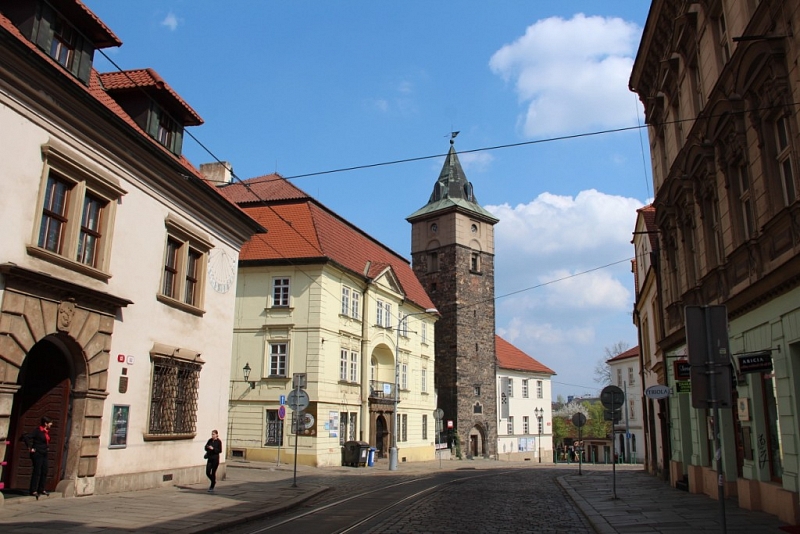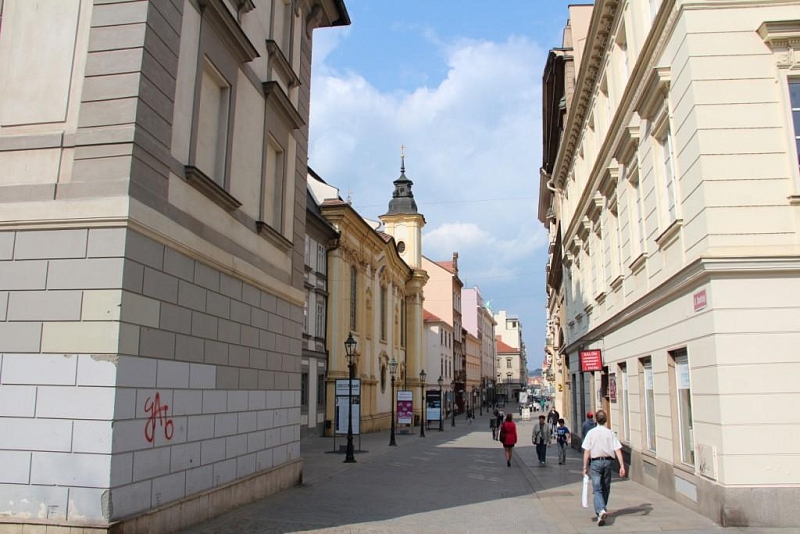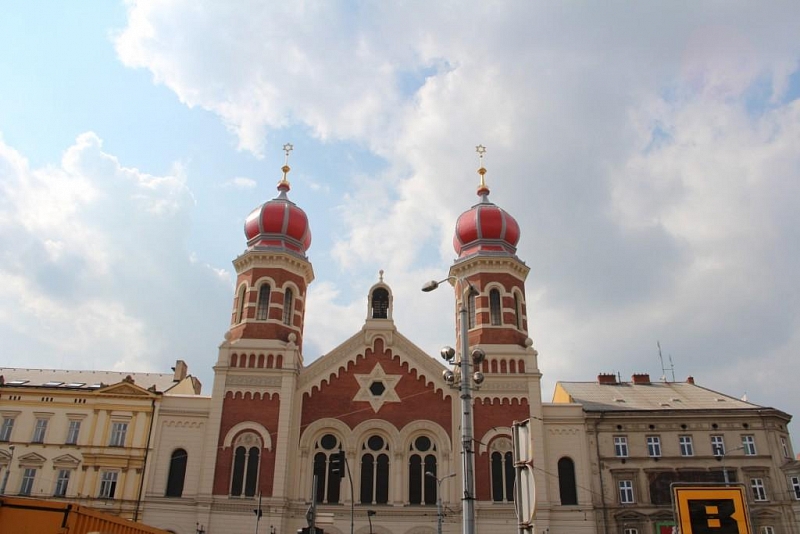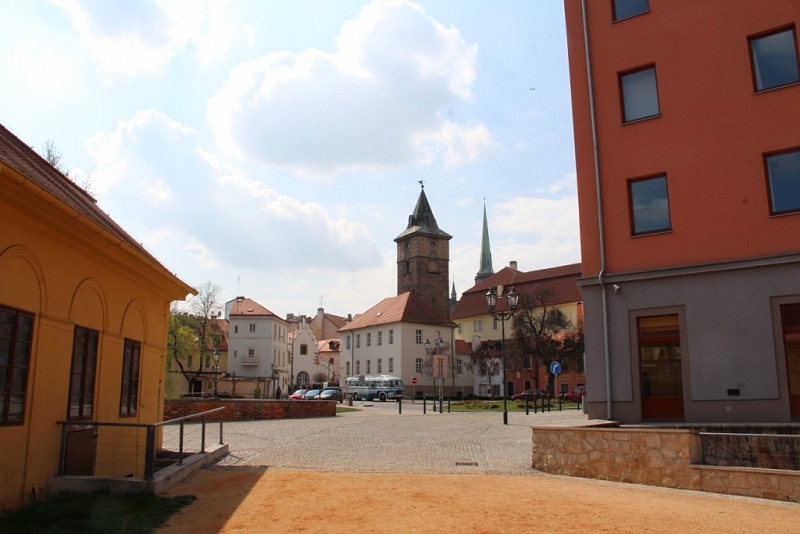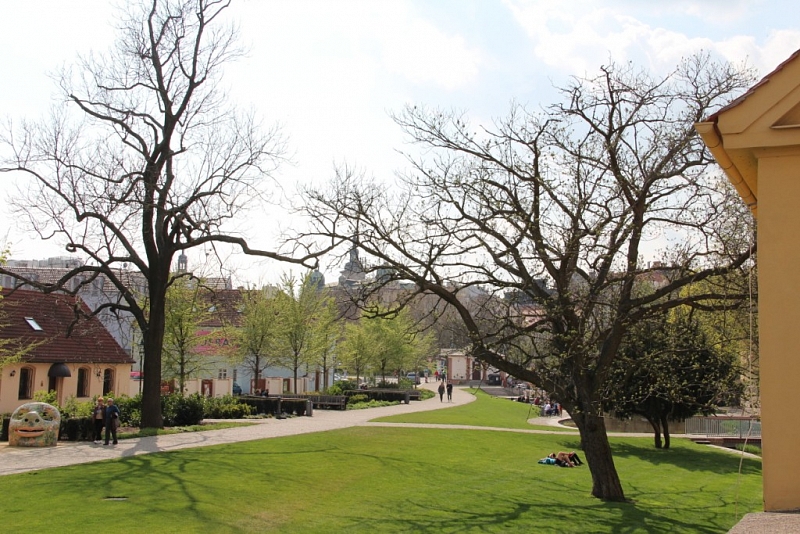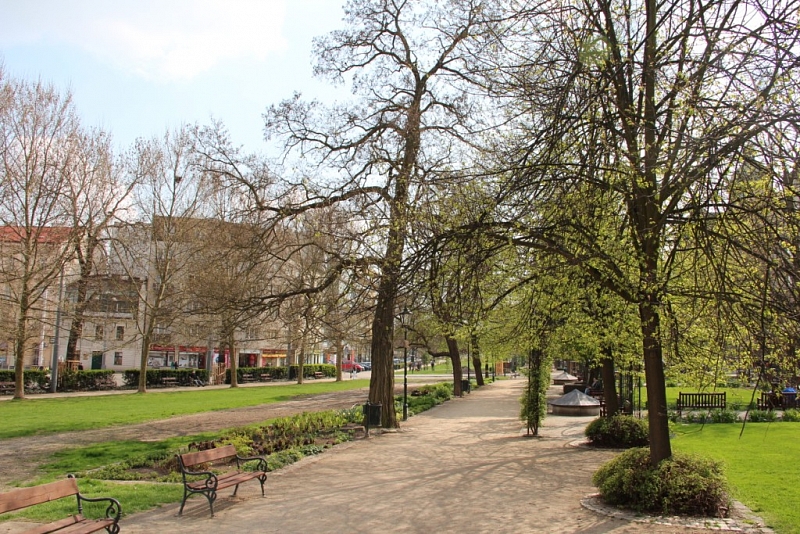Pilsen - West Bohemian metropolis
The West Bohemian metropolis and the largest city in the Pilsen Region is situated at the confluence of the Radbuza, Mže, Úslava and Úhlava rivers. It is the second largest city in the Czech Republic and the fourth largest city in the Czech Republic after Prague, Brno and Ostrava. Pilsen became famous in the world thanks to the Škoda company and especially the brewing industry.
Information for visitors
Interesting facts Pilsen - West Bohemian metropolis
History of the town
Historical sources first mention Pilsen in 976. At that time, it was in these places that Prince Boleslav II defeated. army of German King Otto II. A seat with a number of churches and business, which we know today as Starý Plzenec, was later built in the area of the castle grounds.
The promotion to the city occurs almost soon. It happened in 1295 on the initiative of King Wenceslas II. The city of Nová Plzeň was conceived in a modern and magnificent style following the example of Western European cities. Very soon after its founding, Pilsen became an important center of the entire Czech kingdom and maintained this position throughout the Middle Ages and the beginnings of the modern age. During the Hussite wars, the city even withstood the siege, and after their end, the city received a golden bull privilege from Emperor Sigismund, on the basis of which the city did not have to pay taxes and duties.
During the reign of Emperor Rudolf II, who was extremely fond of the city, Pilsen received a Renaissance garb. The short decline of the town occurs after the Thirty Years' War and a new rise occurs only at the beginning of the 18th century, when a number of Baroque buildings were erected here. Later, the walls were demolished and orchards were built in their place.
The city underwent a fundamental change in the 19th century, when its face was transformed by the Industrial Revolution. In 1842 a burgher brewery was founded here and in 1869 the company of Emil Škoda. The city is developing unusually, a museum, a synagogue and a theater are being built. After the revolution, a university was established here.
Sights and interesting places
The old town is mostly Gothic, while the bourgeois architecture is in the spirit of the Renaissance. The dominant feature of the historical core of Pilsen is the Church of St. Bartholomew, located on the Republic Square. Its slender tower is the tallest church tower in Bohemia and offers visitors an amazing view of the city.
There are a number of chapels, churches and churches in Pilsen. One of the most important is also the Minorite monastery, which was founded before the founding of the city. It includes the Church of the Assumption of the Virgin Mary, which was later modified and expanded in the Baroque style.
Also worth a visit is the church of St. George in Doubravka, Church of St. Mikuláš, the Dominican convent, the Church of the Nativity of the Virgin Mary in Křimice and many others.
The remnants of the Jewish settlement of Pilsen, for example, are the New Synagogue, the second largest synagogue in Europe and one of the largest in the world. It was built between 1890 and 1892 in the Moorish Romanesque spirit. There is also a Jewish cemetery in Pilsen.
Near the city center we find Fatty Shops from 1392, built as a greasy market, currently used as a West Bohemian gallery.
Of course, the Pilsen Zoo is also worth a visit, which also includes the DINO park.
